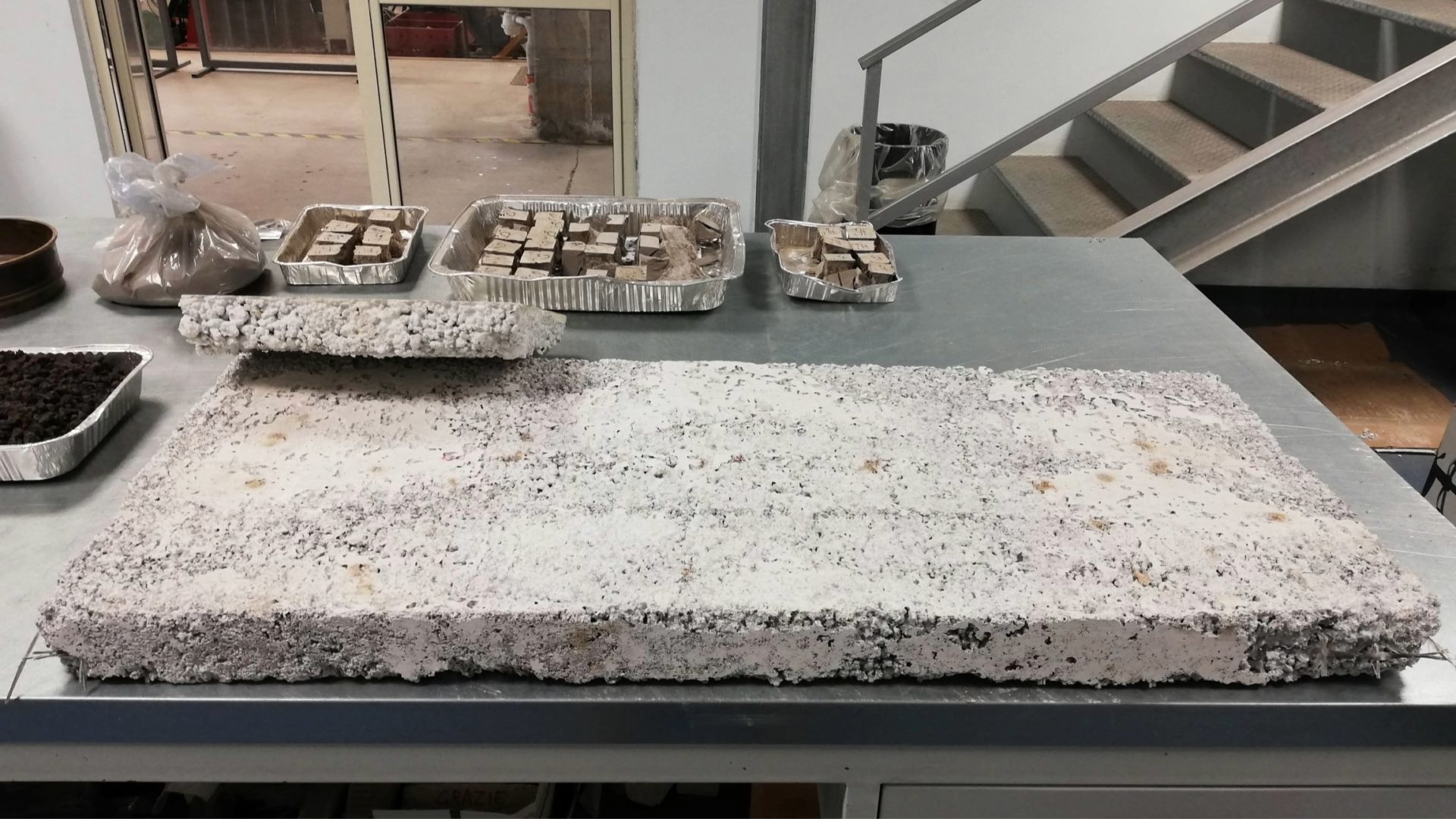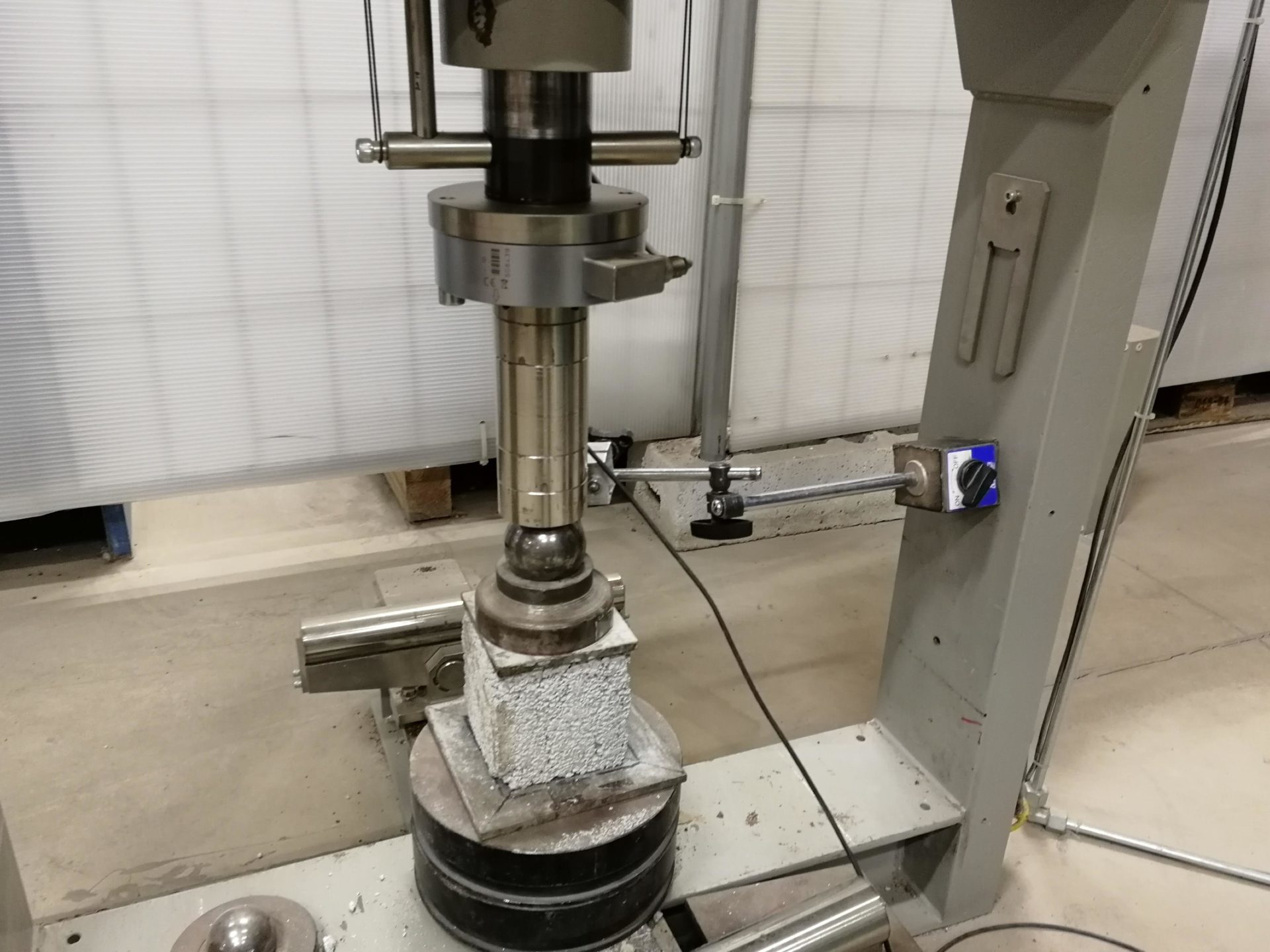
A Sicily-based manufacturer has launched a construction material to restore walls made of volcanic ash from the Etna eruption of 1669.
Nikkolor Italia’s ‘Etna’, as the dry powder has been trademarked, is composed of lava ash, pure natural hydraulic lime, natural active ingredients and mineral aggregates.
When mixed with water, it can be applied like plaster to reinforce, protect and restore interior and exterior walls.
Etna was the result of REUCET 2018/2020 – an Etna volcanic ash recovery and use project conducted by researchers from the University of Catania and funded by Italy’s Ministry of the Environment.

The project, led by Professor Paolo Roccaro, aimed to resolve the problem of recovering the ashes of the Etna volcano’s frequent paroxysm in a way that would contribute to the circular economy.
Researchers found that volcanic ash can be used in the production of concrete, mortar, plaster, road substrates, brick products and geotechnical works thanks to the volcanic ash’s thermal insulation properties typical of pyroclastic products.
The product Etna was launched at UK Construction Week in London earlier this month.











